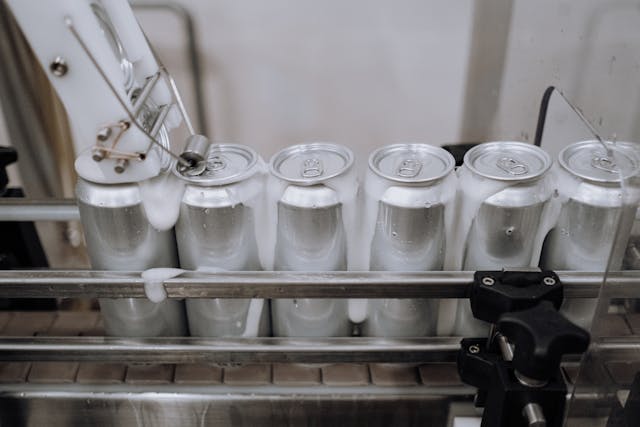Craft breweries are celebrated for their innovative flavors and personalized touch, yet they face challenges similar to any modern production industry, including consistency, efficiency, and quality control.
In an instance where there’s the potential for cross-pollination between industries, beverage brands have a lot to learn from software testing practices – so let’s drill down into the overlap here and look at what devs and QA specialists can teach brewing professionals.
Rolling Out Automation
Automation in craft brewing isn’t about replacing the brewmaster; rather, it’s about augmenting the expertise of these artisans with precision and consistency. Like in software development, where automated testing verifies code changes systematically, breweries can utilize automation to standardize processes that are prone to human error without sacrificing creativity.
Here are the moving parts involved:
- Consistent quality is crucial for consumer trust. Automation ensures that each batch meets the same high standards. This means precise control over temperatures, carbonation levels, and ingredient mixes.
- Automated systems allow breweries to scale up production without a proportional increase in labor costs or mistakes. For instance, automated bottling lines can handle hundreds of bottles per minute.
- Advanced analytics from automated systems provide insights into production trends and efficiencies. Breweries can track everything from fermentation temperatures to yeast behavior, using data to tweak recipes for optimal taste.
There’s clear evidence that automation works, with one report revealing that production capacity can rise by 50% for the breweries that adopt appropriate solutions. It demonstrates not only the operational benefits but also how such integration can be a growth lever for small-scale producers looking for robust market expansion.
There are plenty of tools out there aimed at achieving this, with the brewing production software from Ollie being an especially well-respected example.
So just as software testing can be automated with AI-enhanced tools like Katalon and BrowserStack, beverage makers can take inspiration with their own transformative procurement choices.

Getting Creative with Continuous Integration
Continuous Integration (CI) is a familiar practice in software development, involving frequent updates to code, which are automatically tested and merged. This principle can be impactful when applied to the craft brewing process, where small, iterative improvements can substantially enhance product quality and operational agility.
Here are a few ways that this can work:
- Just as software developers update code, brewers can apply CI principles by continuously testing and adjusting their recipes based on feedback and analytics. This approach enables more dynamic adaptation to consumer preferences.
- Implementing smaller changes allows for immediate problem identification and resolution, rather than dealing with larger issues down the line, which is of course a boon for ensuring high-quality brews with every batch.
- With CI, departments within a brewery can work closely together, from the brewhouse through packaging. Information flows faster, and changes are implemented swiftly rather than feeling like they’re stuck in syrup.
A survey from CircleCI found that companies using CI practices can reduce their time-to-market by up to 33%.
When translated into craft brewing terms, this means quicker adaptability to market trends and faster introduction of innovative products without compromising on craftsmanship or quality. This is particularly important given that craft brewery sales are slower than in previous periods, up 8% annually.
Leveraging Performance Monitoring
Just as robust performance monitoring tools keep software applications running smoothly under various conditions, similar metrics can dramatically improve the brewing process and final product quality in craft breweries. Continuously monitoring key performance indicators (KPIs) lets brewers ensure that each pint is up to par and identify areas for enhancement.
Here’s what this can mean in practice:
- Implementing sensors and tracking systems allows for real-time observation of brewing conditions. This means immediate adjustments can be made to maintain the ideal environment for each brew.
- With performance data, breweries can predict when equipment might fail or require maintenance, preventing costly downtime and production delays.
- Detailed monitoring aids in identifying excessive resource use. Breweries can reduce waste and operate more sustainably by adjusting processes based on precise data analysis.
This monitoring needs to be combined with other processes and practices, such as a recent breakthrough allowing for an 80% reduction in waste materials resulting from brewing, so that operations can become more streamlined and cost-effective.
Final Thoughts
Hopefully you’ve learned that craft beer quality can be bolstered with the same processes and approaches that are used in software testing – and that these lessons are not just conjecture, but have practical applications worth pursuing no matter your industry niche.

